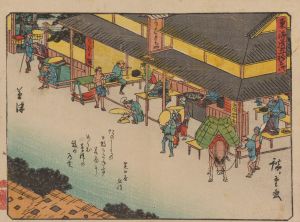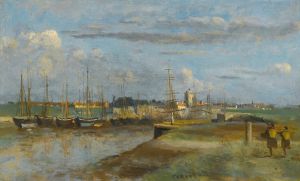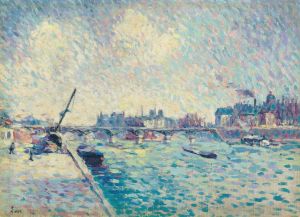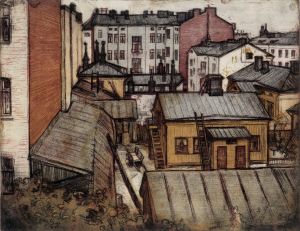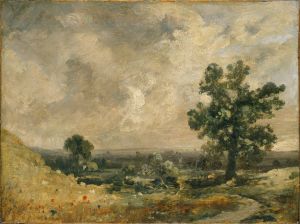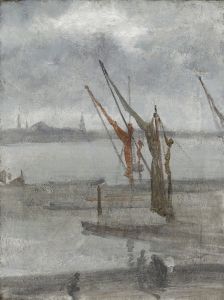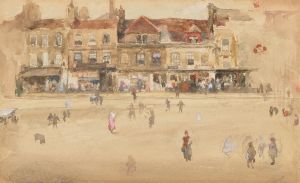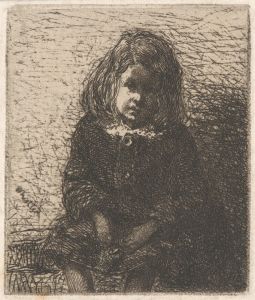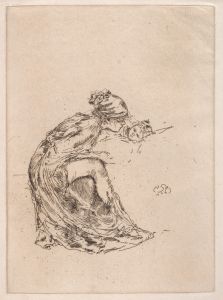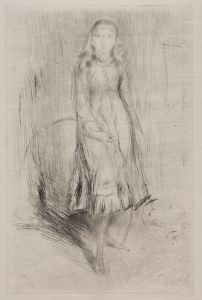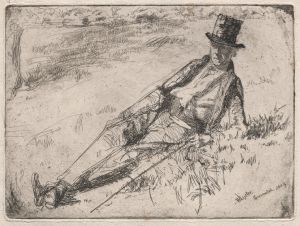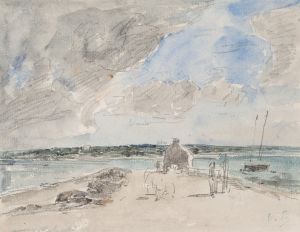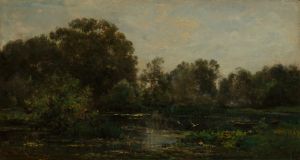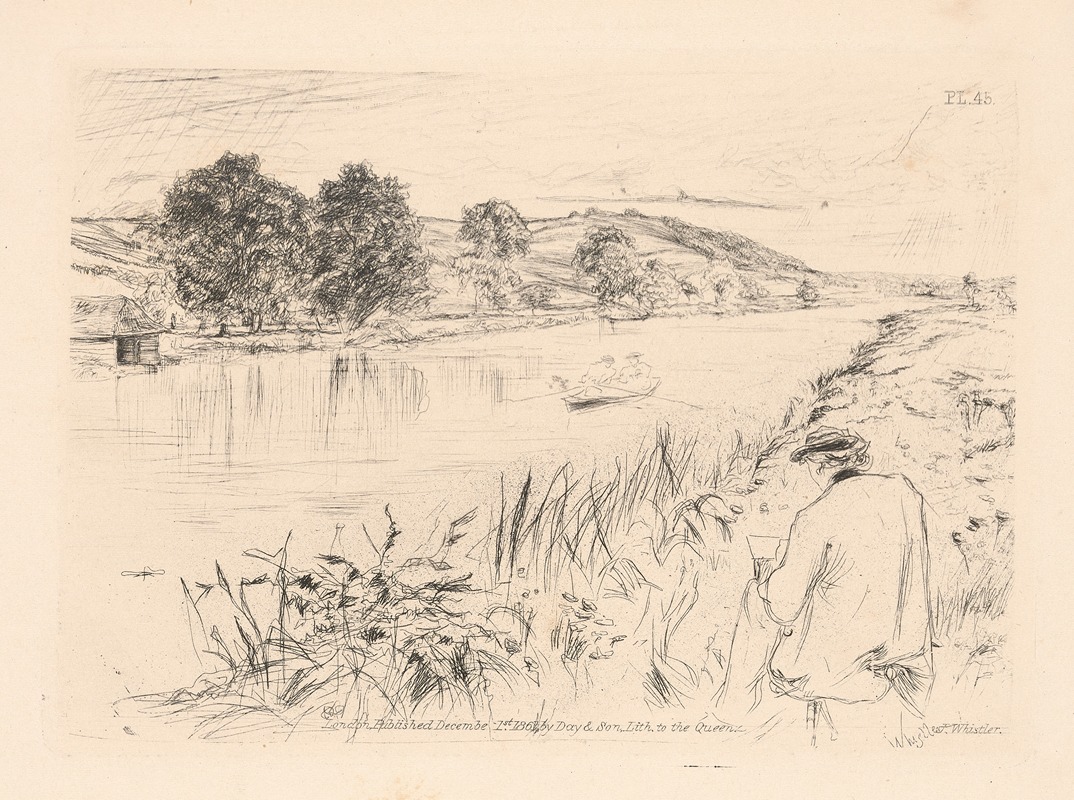
A river scene
A hand-painted replica of James Abbott McNeill Whistler’s masterpiece A river scene, meticulously crafted by professional artists to capture the true essence of the original. Each piece is created with museum-quality canvas and rare mineral pigments, carefully painted by experienced artists with delicate brushstrokes and rich, layered colors to perfectly recreate the texture of the original artwork. Unlike machine-printed reproductions, this hand-painted version brings the painting to life, infused with the artist’s emotions and skill in every stroke. Whether for personal collection or home decoration, it instantly elevates the artistic atmosphere of any space.
James Abbott McNeill Whistler was an American artist active during the late 19th century, known for his contributions to both painting and printmaking. He is often associated with the Aesthetic Movement, which emphasized art for art's sake and focused on the beauty and harmony of composition rather than narrative content. Whistler's works often feature subtle tonal variations and a focus on mood and atmosphere, drawing inspiration from various sources, including Japanese art.
One of Whistler's notable contributions to art is his series of river scenes, which capture the essence of the Thames River in London. These works are characterized by their atmospheric quality and the artist's keen interest in the interplay of light and water. Whistler's river scenes often depict the river at different times of the day and in various weather conditions, showcasing his ability to convey mood through color and composition.
Whistler's approach to painting river scenes was influenced by his desire to capture the fleeting effects of light and atmosphere. He often employed a limited color palette, using muted tones to create a sense of harmony and balance. This technique is evident in many of his works, where the focus is on the overall impression rather than detailed representation. Whistler's river scenes are often compared to the works of the French Impressionists, although he developed his style independently.
In addition to his paintings, Whistler was also an accomplished printmaker, and his etchings and lithographs of river scenes further demonstrate his mastery of capturing the nuances of light and shadow. These prints often feature delicate lines and subtle gradations of tone, reflecting Whistler's interest in the aesthetics of Japanese prints, which he admired for their simplicity and elegance.
Whistler's river scenes are significant not only for their artistic merit but also for their influence on the development of modern art. His emphasis on mood and atmosphere, as well as his innovative use of color and composition, paved the way for future artists to explore new approaches to representation. Whistler's work challenged traditional notions of art and encouraged a more subjective and personal interpretation of the world.
While specific details about individual paintings titled "A River Scene" by Whistler are not readily available, his body of work in this genre remains an important part of his artistic legacy. Whistler's river scenes continue to be celebrated for their beauty and their contribution to the evolution of art in the late 19th and early 20th centuries. His ability to capture the ephemeral qualities of nature and his dedication to the aesthetic experience have left a lasting impact on the art world.





